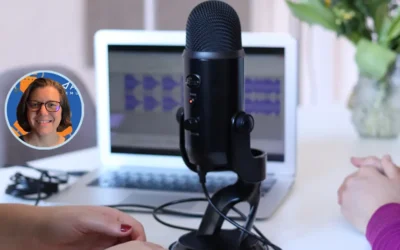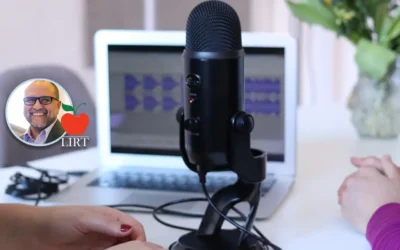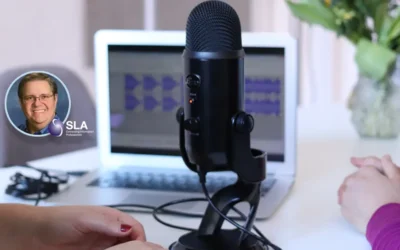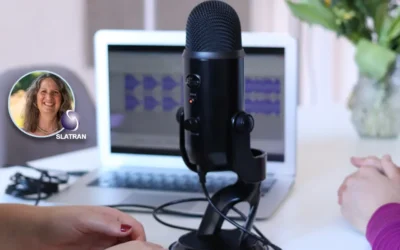Consider the Special Library User Experience: Usability
Lauren Hays
In a previous post, I mentioned the importance of thinking about the user experience in a virtual library, and recommended that if possible, libraries work with a user experience designer to create online spaces that are intuitive for users. While this is particularly important to virtual libraries, the experience of the user is important for the online presence of special libraries, museums, and archives.
In my next three posts, I am going to discuss usability, user interface design and user experience design. Usability and user interface design are part of the overall user experience design.
Usability
First, let’s discuss usability. According to the Interaction Design Foundation (2019), “Usability is part of the broader term “user experience” and refers to the ease of access and/or use of a product or website. A design is not usable or unusable per se; its features, together with the context of the user (what the user wants to do with it and the user’s environment), determine its level of usability” (para. 1).
Outcomes for Usability
The Interaction Design Foundation states there are three main goals for usability.
- The site should be easy for the user to become familiar with and competent in.
- The site should be easy for users to achieve their objective.
- The site should be easy to recall the user interface and how to use it on subsequent visits. (Interaction Design Foundation, 2019, para. 3)
Steps for Usability
As you are thinking about your institution’s online presence you want to create a space that is intuitive. For most institutions, this means organizing and labeling content in ways that make sense to most people, so that when they visit the site, they can quickly feel capable of navigating it.
To ensure your site is meeting the first goal of usability you need to start in the planning stage. At the planning stage you will want to identify the goals of the site. Consider the goals of the user and the goals of the staff. Then seek to align the goals. Additionally, you want to analyze your institution’s current website. In the analysis stage ask:
- Where do users spend a lot of time?
- Where do they enter the site?
- Where do they leave the site?
- What questions do we receive about the website?
- What is missing from the website?
- What is outdated?
The analysis stage should also include time for understanding your site’s users. Ask:
- Who visits our website?
- Why do people visit our website?
- What information are they primarily seeking?
Once you plan and spend time in the analysis stage, you can move on to designing the website. Here you should:
- Determine site requirements
- Conduct a content inventory
- Perform card sorting
- Define information architecture basics
- Write for the web
- Use parallel design
- Develop a prototype
- Launch site (U.S. Department of Health and Human Services, 2019)
Then finally, test the site to ensure it works for your users. This often means conducting usability testing with stakeholders.
Conclusion
When your special library (or museum or archives) is ready to update its website, I encourage you to think about usability. In order to engage the various stakeholders who are interested in the resources and services offered by your institution, it is important to consider their needs and organize content for them.
Watch for my next posts on user interface design and user experience design.
Recommended Resources
ExperienceUX. (2019). What is usability testing? Retrieved from https://www.experienceux.co.uk/faqs/what-is-usability-testing/
U.S. Department of Health and Human Services. (2019). Usability evaluation basics. Retrieved from https://www.usability.gov/what-and-why/usability-evaluation.html
References
Interaction Design Foundation. (2019). What is usability? Retrieved from https://www.interaction-design.org/literature/topics/usability
U.S. Department of Health and Human Services. (2019). User-centered design process map. Retrieved from https://www.usability.gov/how-to-and-tools/resources/ucd-map.html
Lauren Hays
Lauren Hays, PhD, is an Assistant Professor of Instructional Technology at the University of Central Missouri. Previously, she worked as an Instructional and Research Librarian at a private college in the Kansas City metro-area. Please read more on Lauren’s skills for special librarians, and you may want to take a look at Lucidea’s powerful ILS, SydneyEnterprise.
Similar Posts
Interview with Susannah Barnes about the SLA Data Community
Susannah Barnes is the Co-Lead of the Data Community for the Special Libraries Association. If you work with data in any capacity, this interview will be of interest to you.
Interview with Victor Baeza about ALA’s Library Instruction Round Table
Interview with Victor Baeza, President of LIRT, about how it benefits from and supports special librarians whose roles involve teaching or training.
Interview with Eugene Giudice, SLA Treasurer
Interview with SLA’s Treasurer about the future of the special library profession and how the Special Libraries Association can benefit librarians
Interview with Cara Marcus on Transportation Librarianship and SLA
Interview with Cara Marcus, the president of the Special Libraries Association (SLA) transportation community about transportation libraries and SLA
Hosting service
Enjoy all of the benefits of your Lucidea solution with secure, reliable, stress free hosting
Programs & incentives
No matter your size or budget, we’ve got you covered, today and tomorrow




Leave a Comment
Comments are reviewed and must adhere to our comments policy.
0 Comments